Tips for Photographing Birds
Posted: August 14, 2012
[caption id="attachment_10392" align="alignright" width="400"]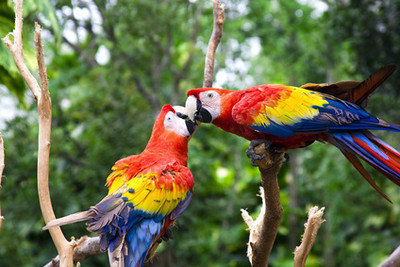 © Daoui - Fotolia.com[/caption]These tips give some great advice on how to photograph birds and other wildlilfe, so you can get the best picture possible.
© Daoui - Fotolia.com[/caption]These tips give some great advice on how to photograph birds and other wildlilfe, so you can get the best picture possible.
[caption id="attachment_10392" align="alignright" width="400"] © Daoui - Fotolia.com[/caption]These tips give some great advice on how to photograph birds and other wildlilfe, so you can get the best picture possible.
© Daoui - Fotolia.com[/caption]These tips give some great advice on how to photograph birds and other wildlilfe, so you can get the best picture possible.
Perhaps you've noticed something about photographing wildlife: It's really hard. The main problem, of course, is that animals will, almost without exception, fail to pose on cue. In fact, they refuse to take any direction from you at all. And if you thought it was hard to take a photo of a cat or a dog or a moose, just try to photograph birds. In the past, I've given some advice for shooting wildlife and pets, but this week let's zero in on tips for capturing our feathered buddies.
There are two common situations you'll encounter with your camera—sitting and waiting for a bird to land somewhere, and then shooting it while it's earthbound, or trying to catch a bird in flight as it zooms by overhead. Both are fun and can yield some rewarding photos, but it's a lot harder to snap a great photo of a bird in flight, because you need to pan the camera so you track the bird's motion in the viewfinder.
I suggest that you start by shooting birds when they come to our home turf—when they settle down in trees, on posts, or on some other stationary spot. You'll have to act fast, though, because they probably won't stay long. Here are four things to keep in mind:
Shoot with the fastest shutter speed possible. Let's face it: Birds are fast little buggers. Shooting with the fastest shutter speed is going to help your cause by freezing the action when they dart around unexpectedly. To do this, I suggest switching to shutter priority or aperture priority mode and dialing in the fastest shutter speed you can get. If it's any slower than 1/1000 second, you might want to increase the camera's ISO setting until you can coax the shutter speed into an acceptable range.
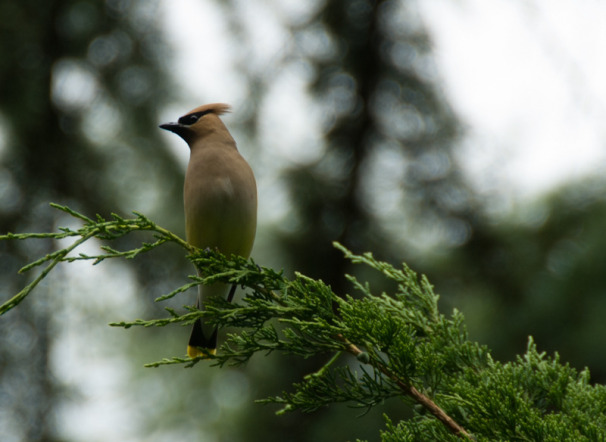
Help your lens focus. When a bird lands in your field of vision, you might only have a couple of seconds before they dart off again. One way to save some time is to pre-focus the lens. If you're very far away from the subject, you can probably set the lens to Infinity. Test this by focusing on the landing zone that you're observing. If the perch in question looks sharp with the lens set to Infinity, go ahead and switch your camera to manual focus mode and set the lens to infinity. When the bird eventually lands, your camera won't waste any time trying to focus. If the perch is far, but not all the way at Infinity, check to see if your lens has a Near/Far selector that limits the focusing range. If it does, set it to the "far" position so when the camera does focus, it'll happen faster. Or, if you're waiting for the bird to land on a very specific spot, such as a post on a pier, you can set the focus mode to manual and pre-focus for that exact location.
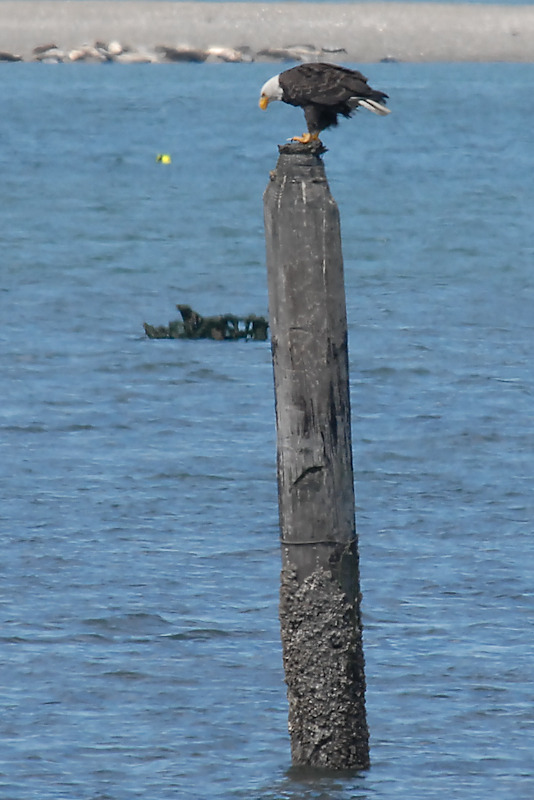
Shoot in uniform sunlight. I'm not a big fan of midday photos: Direct, overhead sunlight causes lots of harsh light and shadows. That said, I'd avoid contrasty lighting situations, such as when a bird is roosting in the shade, with bright beams of light cutting through the frame. You'll probably end up with ugly shadows on your bird or the surroundings.
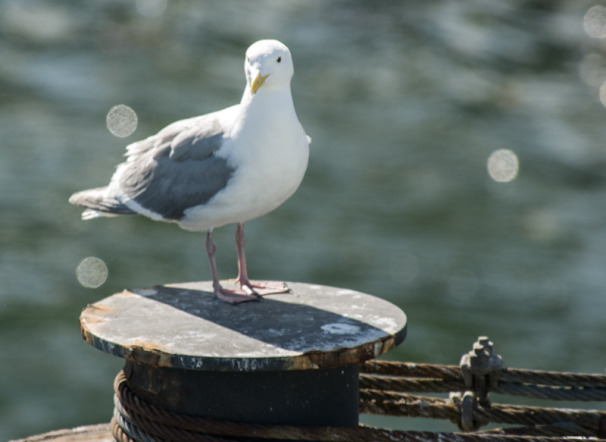
Stay still and steady. Of course, I highly recommend using a tripod (that shouldn't be much of a surprise). Indeed, photographing birds is just the sort of thing for which tripods were invented. I suggest that you keep the tripod's head slightly loose, so you can swivel it around as needed to frame the bird when it lands.
If you're bored with earthbound bird photos and want to catch them in the air, you're going to have to develop a slightly different set of skills:
Pan for action. You'll need to pan the camera such that you smoothly track the bird in your viewfinder, and then gently squeeze the shutter without jerking the camera or losing track of the bird's motion. I've explained panning for action before; think of it like the follow-through you'd perform when swinging a bat or a golf club.
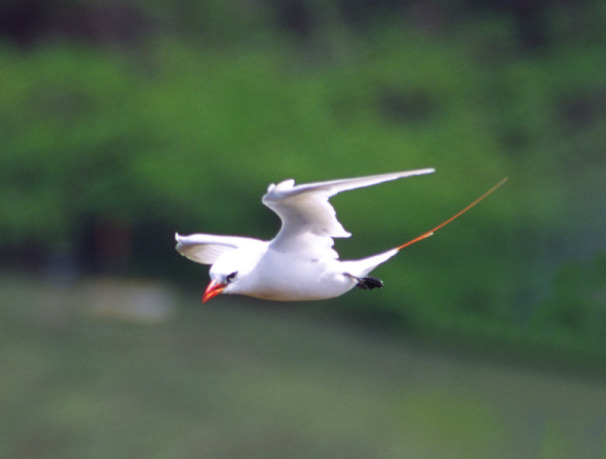
Keep it fast. Just like the earthbound photos, be sure to shoot with the fastest shutter speed you can reasonably achieve.
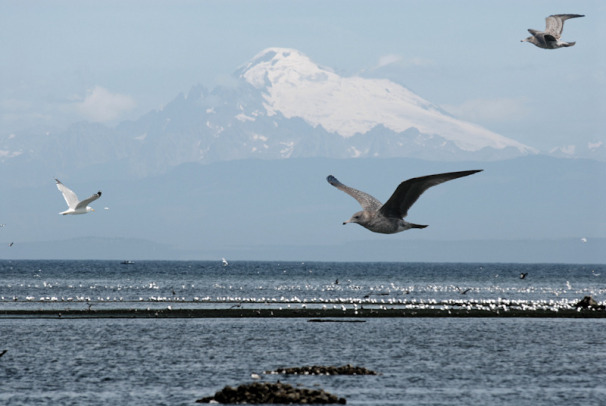
Keep the sun behind you. It's critically important to keep the sun behind you when you track and shoot birds in the air. If the sun is in front of you, you risk swinging the lens in line with the sun, which can hurt your eyes, of course. But even if you avoid that, you'll end up with a silhouetted or poorly exposed bird.
 Biz Tip Provided by: PCWorld
Biz Tip Provided by: PCWorld
Posted by: Dave Johnson